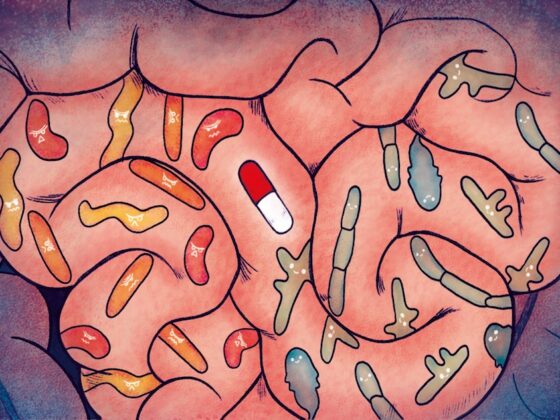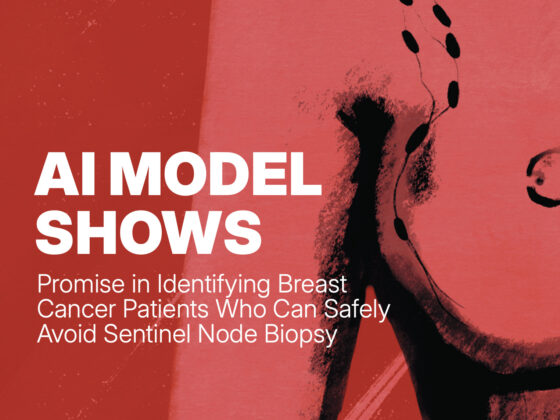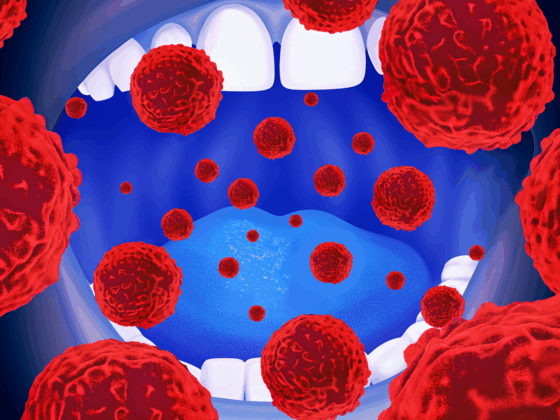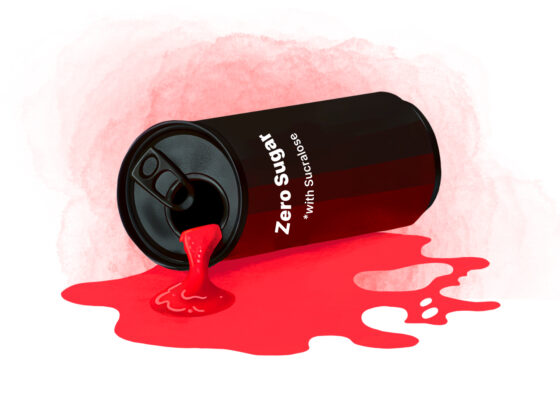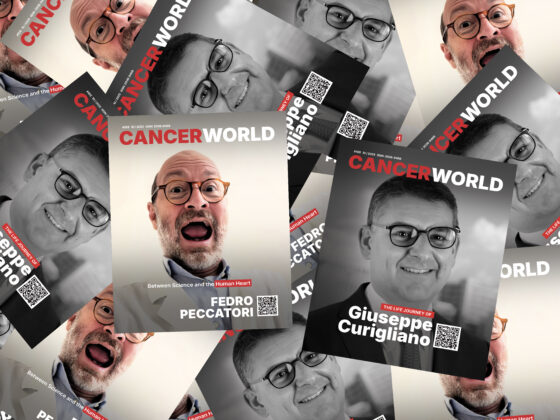Annual magnetic resonance imaging (MRI) starting from age 30 to 35 years followed by combined annual MRI and mammography from age 40 may reduce breast cancer mortality by over 50% for women with ATM, CHEK2, and PALB2 breast cancer genetic mutations. The comparative modelling analysis, published in JAMA Oncology (February 17, 2022), found mammography under 40 years offers little additional benefit.
“People understand very well the value of testing for variants in BRCA1 and BRCA2, the most common breast cancer predisposition genes. These results show that testing other genes, like ATM, CHEK2, and PALB2, can also lead to improved outcomes,” says Mark Robson, a senior author on the paper from Memorial Sloan Kettering Cancer Center, New York.
Due to increased availability and affordability of multigene panel testing, more women are being discovered to carry ATM, CHEK2 and PALB2 pathogenic variants (PVs) which confer moderate to high risk of breast cancer. It is known that each of these PVs increases breast cancer risk by at least two-fold and that collectively they are identified in 2 to 3% of women diagnosed with breast cancer. NCCN Clinical Practice Guidelines in Oncology, published in 2021, recommends for women with BRCA1/2 PV use of MRI screening starting at age 25 years followed by combined mammography and MRI screening starting at age 30. However, the optimal approach to breast cancer screening for women with ATM, CHEK2, and PALB2 PVs has not been established.
“Screening guidelines have been difficult to develop for these women because there haven’t been clinical trials to inform when to start and how to screen,” says Kathryn Lowry, the lead author from the University of Seattle, Washington.
For the current analysis, the team used risk estimates from the Cancer Risk Estimates Related to Susceptibility (CARRIERS) Consortium, which provided data on more than 32,000 individuals with breast cancer and a similar number who did not have cancer. The CARRIERS data was input into simulation models from the Cancer Intervention and Surveillance Modelling Network (CISNET).
Mean model-estimated lifetime breast cancer risk was 20.9% for women with ATM PV, 27.6% for women with CHEK2 PV and 39.5% for women with PALB3 PV.
Results across PVs show:
- Annual mammography alone from 40 to 74 years was estimated to reduce breast cancer mortality by 36.4% to 38.5% compared with no screening.
- Annual MRI starting at 35 years followed by annual mammography and MRI at 40 was estimated to reduce breast cancer mortality by 54.4% to 57.6%, with 4661 to 5001 false-positive screenings and 1280 to 1368 benign biopsies per 1000 women.
- Annual MRI starting at 30, followed by mammography and MRI at 40 was estimated to reduce mortality by 55.4% to 59.5%, with 5075 to 5415 false-positive screenings and 1439 to 1528 benign biopsies per 1000 women.
- When starting MRI at 30, initiating annual mammography starting at 30 vs 40 did not lead to meaningfully reduced mortality rates, but was estimated to add 549 to 650 false-positive screenings and 58 to 59 benign biopsies per 1000 women.
“Based on our results, annual MRI screening starting at age 30 to 35 years followed by combined annual MRI and mammography at age 40 years likely offers the best balance of screening benefits and harms,” conclude the authors. Starting mammography earlier than 40 years, they add, increased false -positive screenings and benign biopsies but added little additional benefit for women receiving MRI.
“Additional data on cancer outcomes without screening modalities for women with genetic susceptibility to breast cancer are needed to inform guidelines for their use,” write the authors.




